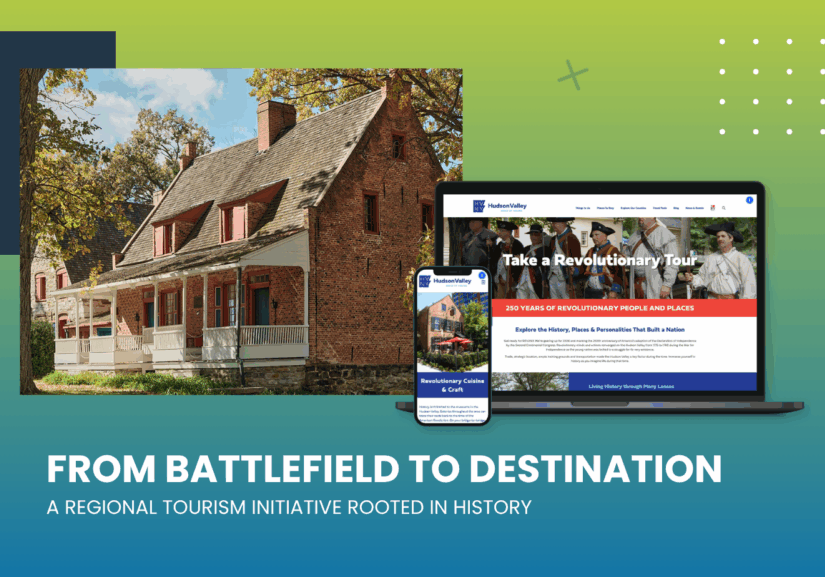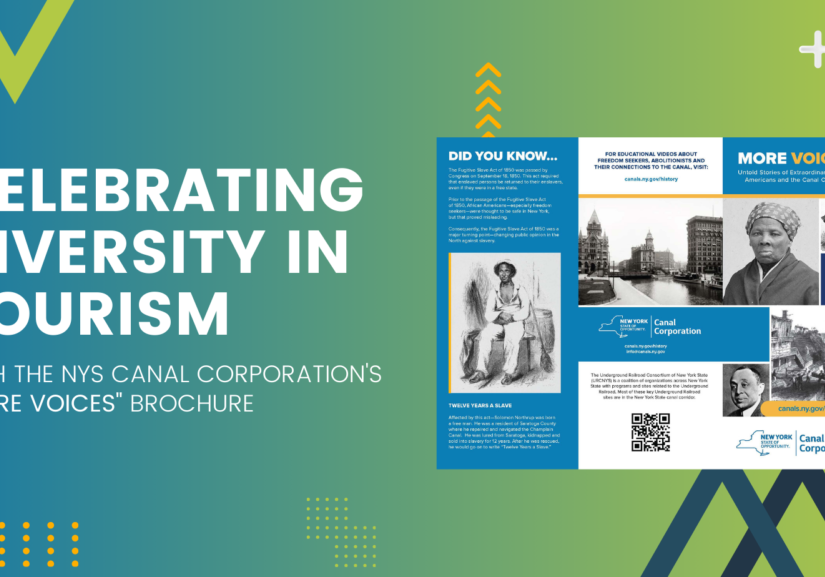The 5 “W’s” of Storytelling in Destination Marketing

Emotion drives people to take trips, visit attractions, and dine in restaurants. Certainly, in these times, emotions and perceptions play a key role in visitors’ decision making. How you tell your story is integral to tapping into consumer’s emotions, alleviating any travel concerns they may have, and luring them your way. Let’s break down the art of storytelling into the five W’s.
What: Storytelling means sharing what makes your destination, hotel, restaurant, or attraction unique, interesting, and SAFE to make an emotional connection with potential guests, and at the same time reassure them you are keeping their health and safety a top priority.
Your story can be your history, mission statement, special features, programs, experiences, your location, or the people connected to your business. Equally important, right now, are the steps your brand has taken to safeguard your customers’ safety. Stories aren’t always in writing. Photos, infographics, and videos tell stories, too, and visual information is processed by our brains 60,000 times faster than text.
A good story doesn’t just list the distinguishing features of your business. It also conveys the advantages and benefits of those features in a way that makes people want to experience them. A good story goes beyond just your business. If you run an inn, tell potential guests what there is to do in your town. If your restaurant serves locally-sourced food, tell the story of the organic farm that supplies your produce.
Keep in mind how people are traveling these days. They are looking for road trips, shorter weekend getaways rather than extended vacations, and places that offer outdoor experiences and the ability to maintain social distancing. Make sure your story presents your destination as an ideal getaway that is cognizant of their well-being.
Why: As people go through the stages of planning travel, they want to be entertained, inspired and informed, because they’re not just looking for a place to sleep or eat. They’re looking for an experience. Telling your story introduces them to the special moments they will experience when they’re with you.
Don’t underestimate the power of virtual and video. Museums and other venues have leveraged the power of video and virtual experiences to keep their audiences entertained, informed, involved, and ready to visit.
Storytelling gives your business a personality – one that’s friendly and hospitable.
Who: Your story is best told by—or about—real people, not a faceless brand. Sure, the company founder can be your spokesperson, but so can any other employee. Let the concierge talk about the time he arranged the perfect marriage proposal setting for two of your guests.
But also think about the people outside your business who could tell great stories about you: repeat guests, tourism partners, or local officials. If you collaborate with another site or venue, someone from that organization could talk about how your combined offering makes a better experience for the visitor. If you only serve fair-trade coffee or only buy furniture made in the USA, tell the story about who it affects, and why that matters.
Where: You can tell your story on print, social and digital platforms: printed and digital brochures, direct mail pieces, website and blog, e-newsletters, and social media channels like Facebook, Twitter, Pinterest, Instagram, and YouTube.
Once you have a story to tell, get as much use as you can from this content. Re-purpose it across channels in five different ways using “The Rule of 5 Formula.”
EXAMPLE: A new chef has just joined your team. You can conduct a short interview with her on camera and ask her to make one of her signature dishes.
You can then:
- Upload this video to your Facebook page, and then reformat and upload it to Instagram.
- Upload this video to your YouTube channel and edit the video for use in digital video ads.
- Transcribe the recipe for her dish, and post this on your website with photos.
- On Twitter, post a link to this list on your website.
- Send this recipe to your e-mail list in your next e-newsletter.
When: It’s a balancing act, but you should strive to include stories within other marketing messages as frequently as possible. Create itineraries around sites that share a common theme, seasonal activities, or new excursions. Create packages with partners. Tie your stories into holidays by sharing family traditions and recipes. Take advantage of memes on social media, such as “Throwback Thursday,” to present a lighter look at your history. Keep in mind that the planning cycle is shorter for weekend getaways than it is for longer vacations and take advantage of the spontaneity and flexibility afforded by digital and social platforms.
By Debbe, President & CEO | February 2, 2021




